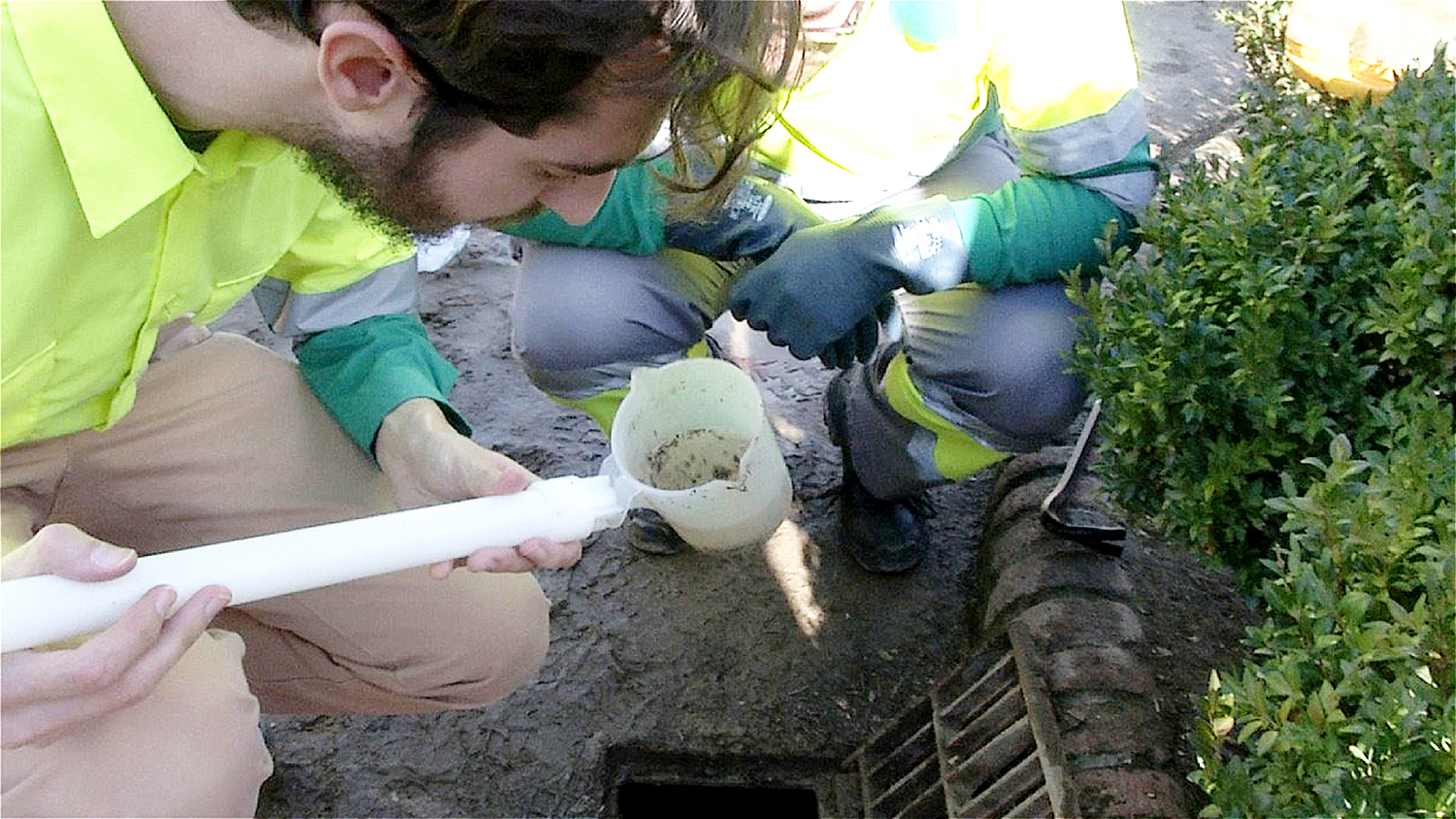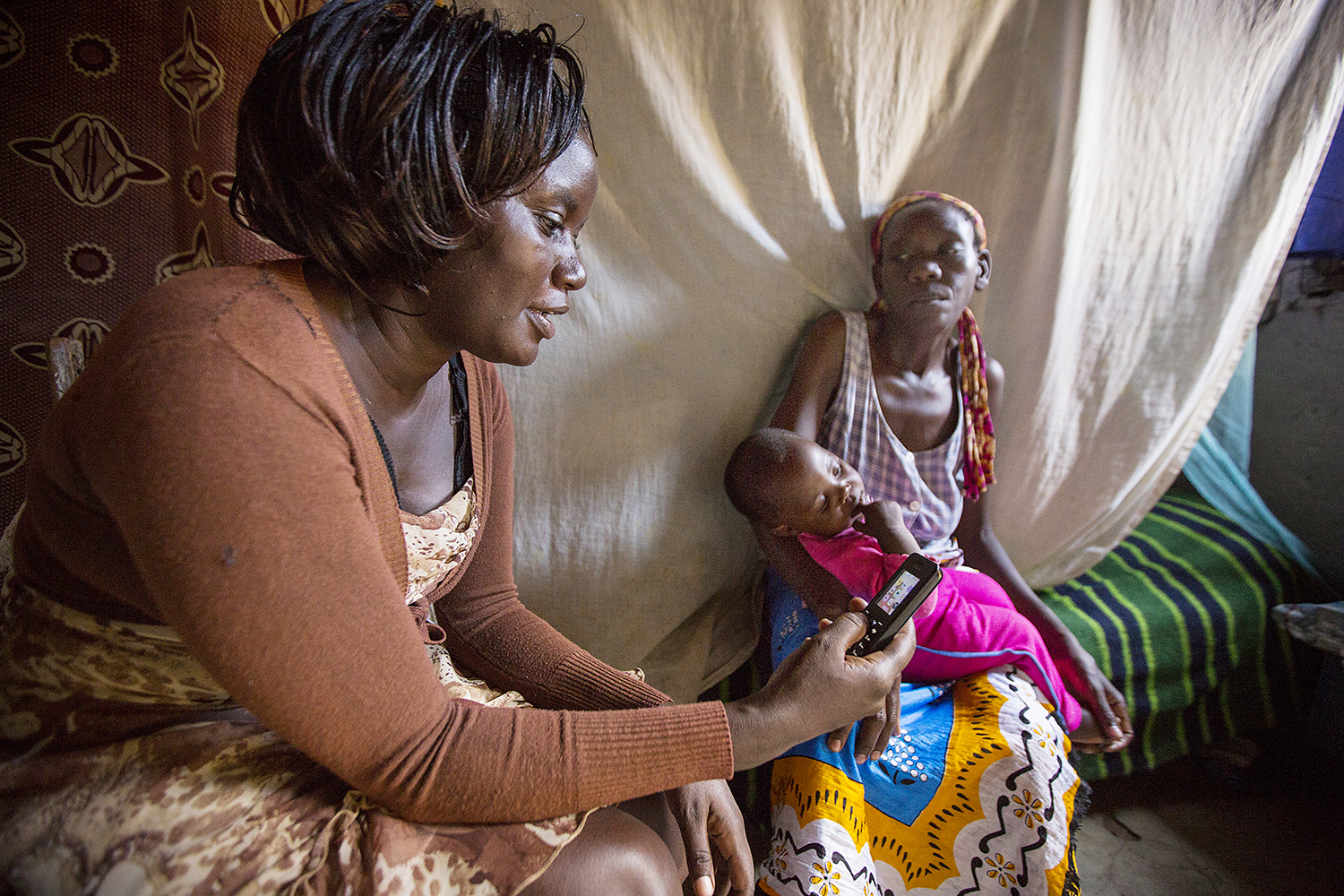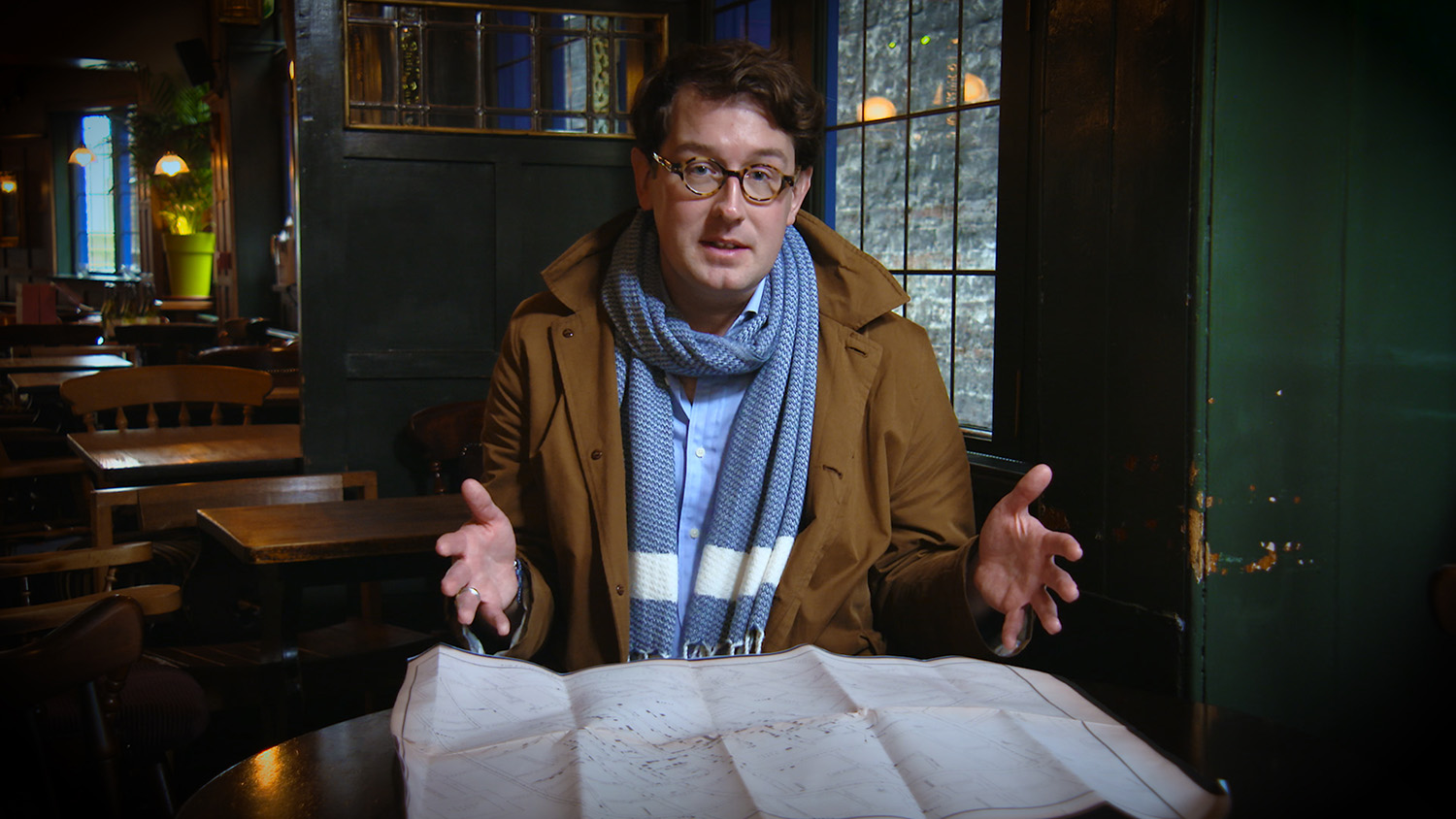
Newsletter
Sign up and stay in-the-know about The Crowd & The Cloud and the world of citizen science.

Viral Vs. Virus
• Viral: relating to an image, video, or piece of information that is circulated rapidly and widely from one Internet user to another.
• Virus: a small infectious agent that spreads inside the living cells of other organisms.
In the 21st century, the reality is that some of the diseases most dangerous to humans are spread by viruses. But in the 21st century the hope also is that some of the remedies to global health challenges will spread through viral communication and online innovations. In this episode, citizens and sensors, smartphones and social media, are seen all working together to improve public health.

Propeller Health: App vs. Asthma
“It feels like an elephant is sitting on your chest.” That’s how one asthma sufferer in Louisville, Kentucky, describes an attack. Louisville, an asthma hotspot where an amazing 13% of the population suffers from the disease, is one of the 10 worst places to live in the U.S. if you have a breathing disorder. It’s also where Propeller Health, an innovative tech startup, has been running a pilot study that will make it easier for asthma patients to control and manage their disease. Propeller developed a sensor that attaches directly to a patient’s inhaler, so that it automatically logs every time their medication is used, creating a continuous record for the patient, their physician, and for researchers who can use the data to find patterns in outbreaks and what might be causing them. For the individual, there’s the hope that the sensors will revolutionize asthma treatment, and for city officials, there’s the prospect of fewer ER admissions, more productive workplaces and, most importantly, that Louisville will become a place where more and more people will want to live.

West Oakland Environmental Indicators Project
Cassandra Martin also suffers from asthma and so do her children. In their case, they suspected that the source of their breathing problems was their next door neighbor, the Port of Oakland, the fifth busiest container port in the country, and the trucks who service the docks and use city streets. Cassandra and her neighbors made their case by taking to those same streets to collect data. Armed with pens and clipboards, residents took turns sitting on lawn chairs and street corners to count trucks. They compiled the data, presented their findings to local authorities, and convinced them to reroute vehicles away from their homes. With this victory, they moved on to to cleaning up other sources of pollution in West Oakland, once again using the tools and techniques of citizen science because according to one local leader, Kevin Cuff, “Once you have this factual information that can’t be disputed... you can push policymakers to mitigate some of the problems that they uncover.”

Zika: Humans Bite Back
Peter Hotez, one of the nation’s leading infectious disease experts, says that mosquito-borne diseases like Dengue fever, Chikungunya and Zika have hitherto been largely unknown in countries such as the United States and in most of Europe. But as the planet warms and international travel increases, that’s changing. While medical researchers are urgently working on a Zika vaccine and municipal health offices are more aggressively trapping and spraying mosquitoes, experts says citizen awareness is critical in combating disease-carrying mosquitoes. Cut to Barcelona, Spain, one of the only major cities in the world with municipal “Office of Citizen Science.” In 2013, a group of scientists at a local university developed Mosquito Alert, a mobile app that maps the location of the invasive and disease-carrying Asian “Tiger” mosquito. What started as a research project turned into an easy-to-use tool for citizen scientists. Now any Barcelona resident can download the app to report mosquitoes. The public health authorities then send an eradication unit to control the invasive mosquitoes, sending a message to citizens to let them know how their information has led to action. It's win-win-win for cities, citizens and science. Now Hong Kong and groups in North America are following Barcelona’s lead.

Medic Mobile: Doing More with Less
In Kenya, as in much of the Third World, there’s no shortage of cellphones and strong mobile signals. There is, however, a serious shortage of doctors and medical facilities. Jane Katanu Kavita is a nurse who is especially concerned about pregnant moms and newborn infants. “I used to hate every moment that we would lose a baby. And when I looked at what the causes of death, I realize it’s pneumonia, malaria, all these things that just are preventable.” Jane learned about Medic Mobile, a San Francisco based NGO focused on M-HEALTH, health care enhanced by mobile technology. Having always had to turn “less into more,” Jane wondered if she could do the same for health care outcomes with Medic Mobile’s help. This is the story of how app developers and nurses in Kenya and a group of Silicon Valley techies have provided Community Health Workers across Africa with simple tools that will help the many who may otherwise have been left behind.

John Snow: Clues to a Killer
In the mid 19th century, London was the largest city on Earth, with a population of more than two and a half million. And where there are travelers, there are often deadly diseases, often reaching epidemic proportions. Medical historian Richard Barnett guides us through the streets of London to tell the story of how medical detective work tracked down the water-borne causes of cholera. The first outbreak in 1832 killed more than six thousand people, and was followed by another in 1848 that killed sixty thousand. The causes of the disease were misunderstood until—in 1854—the celebrated physician John Snow, and a little-known clergyman, Henry Whitehead, found an entirely new way to think about the disease, pounding the pavements and talking to neighbors, until they discovered its cause. It’s a story of persistence, map-making and local knowledge solving a deadly epidemiological mystery with approaches that can now be mobilized with cellphones, sensors and crowdsourced disease data.
Today, the cutting edge is “Viral vs. Virus.”
